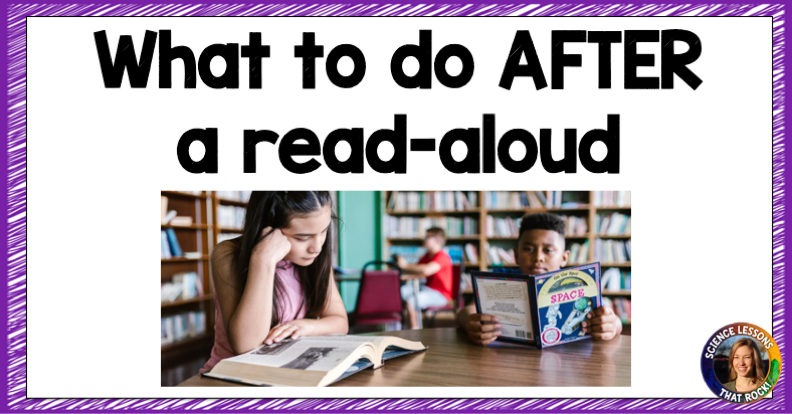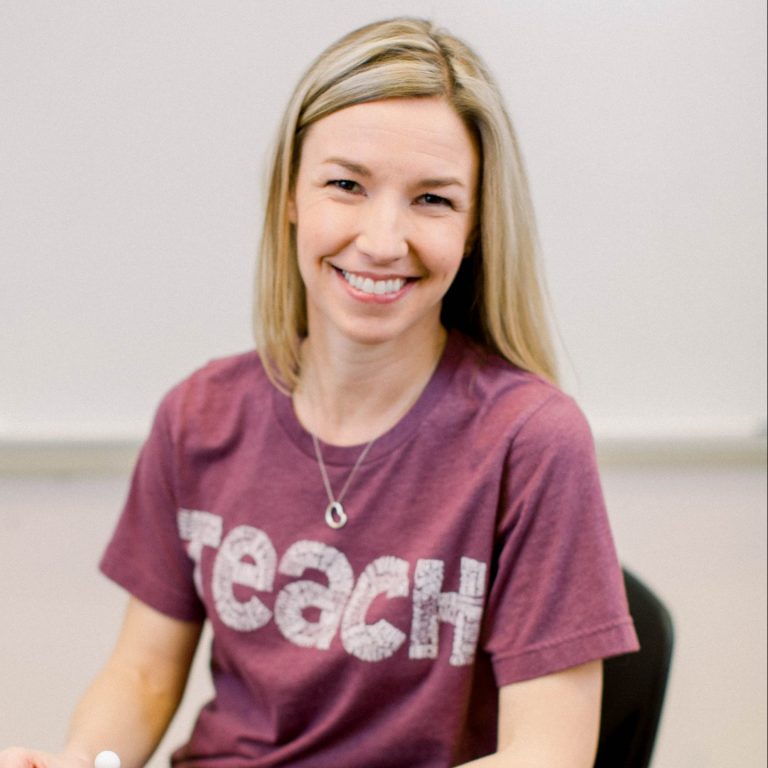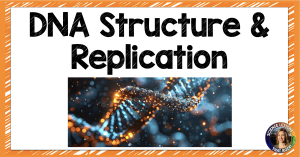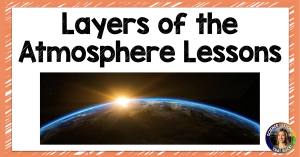
Have you tried doing a read aloud with big kids?
I really enjoy kids picture books, and I’m an adult. Many people scoff when they hear I read picture books to my high school students. I’m here to say, most of them like it. They listen. They look at the pictures. Why? Here are a few things to consider:
- People like being read to. Audiobooks are all the craze. I love the quote by educator Donalyn Miller: “We do not age out of read alouds. If we did, the audiobook industry would not be thriving.”
- It’s quite possible students sitting in your classroom were not read to as kids. Many parents work late. Lots of homes don’t have access to books. Once I had a student tell me the only book he had in his entire home was the Bible. My point is- students enjoy the opportunity to be read to, especially those who missed out on that opportunity when they were little.
- It’s ok to feel little again. Case in point: Look at the number of adults who repeatedly flock to Disneyland. I have students who every time I read a picture book, ask to sit on the floor at the front of the room. Heck yes you can!
- It is a low-pressure way to build literacy skills. If you have English language learners in your classroom, listening to books is a great way to build vocabulary and model fluency.
I could go on, but I’ll stop there. The fact of the matter is, you’ll never know if your students enjoy it until you try it yourself. If you need science picture book recommendations, check out my favorite BIOLOGY books, and my favorite EARTH SCIENCE books.
What to do after the read aloud
Teachers have asked me, “So…. you just read them a book? That’s it?”
No. At the very least, I will have a follow up prompt to go with it. Pairing some sort of assignment with the read aloud encourages active listening, and minimizes the urge to hide their phones in their lap and scroll social media.
Here are a list of assignment ideas you could pair with a read aloud (in order of least rigorous to most rigorous).
- One word. After reading the book, have students provide one word that summarizes their feelings about the book. Powerful? Silly? You can even use Kahoot to have it generate a word cloud image with student responses.
- Answer a question or prompt. You could do this in a variety of formats, ranging from a whole class discussion, to a digital response. For example, after reading a book about an old rock and all he has seen over the millenia, I asked students “If you could go back to any point in Earth’s history, what would you want to see?” Students answered on a sticky note, and then stuck it to a timeline I had hanging up on the wall. Quick and easy, but thought provoking.
- Identify the adult theme, and explain if the book was effective at conveying that message. First, to clarify, when I say “adult theme” I don’t mean risque! I mean grown-up theme. For example, The Lorax is a children’s book that explores ideas surrounding human impact, deforestation, and conservation. Those are big issues to tackle in a picture book! Have students write a short paragraph identifying the theme, and explaining if they think the book was effective at tackling those issues. Have their thoughts and feelings about human impact changed after listening to the story?
- Fill out a graphic organizer. You could provide students with a venn diagram or story map to fill out after reading.
- Add 2 more pages. Challenge students to write and illustrate 2 additional pages to the end of the book. This doesn’t work for every book, but if you read a book that ends on a cliff-hanger, this is a great option.
- Write a book review. Summarize the book in a few sentences. How many stars would they give this book? What was their opinion on it? You can find free book review templates on TpT.
- Write a sequel. If you are looking for a longer assignment, have students write a sequel to the book. You can have students work in pairs, and one student could work on the text while the other works on the illustrations.
I hope you give read alouds a try with your students!
Rock on,







